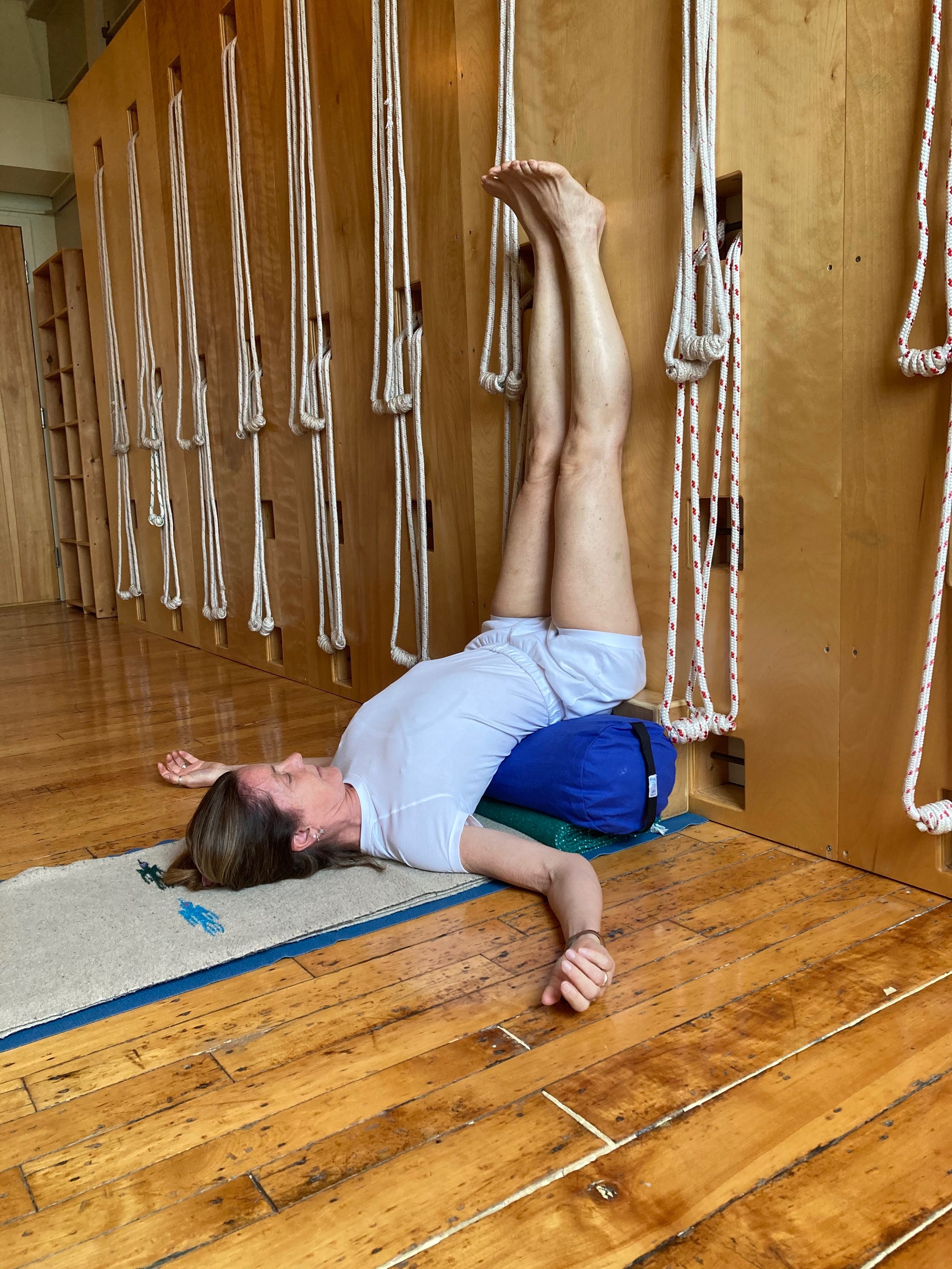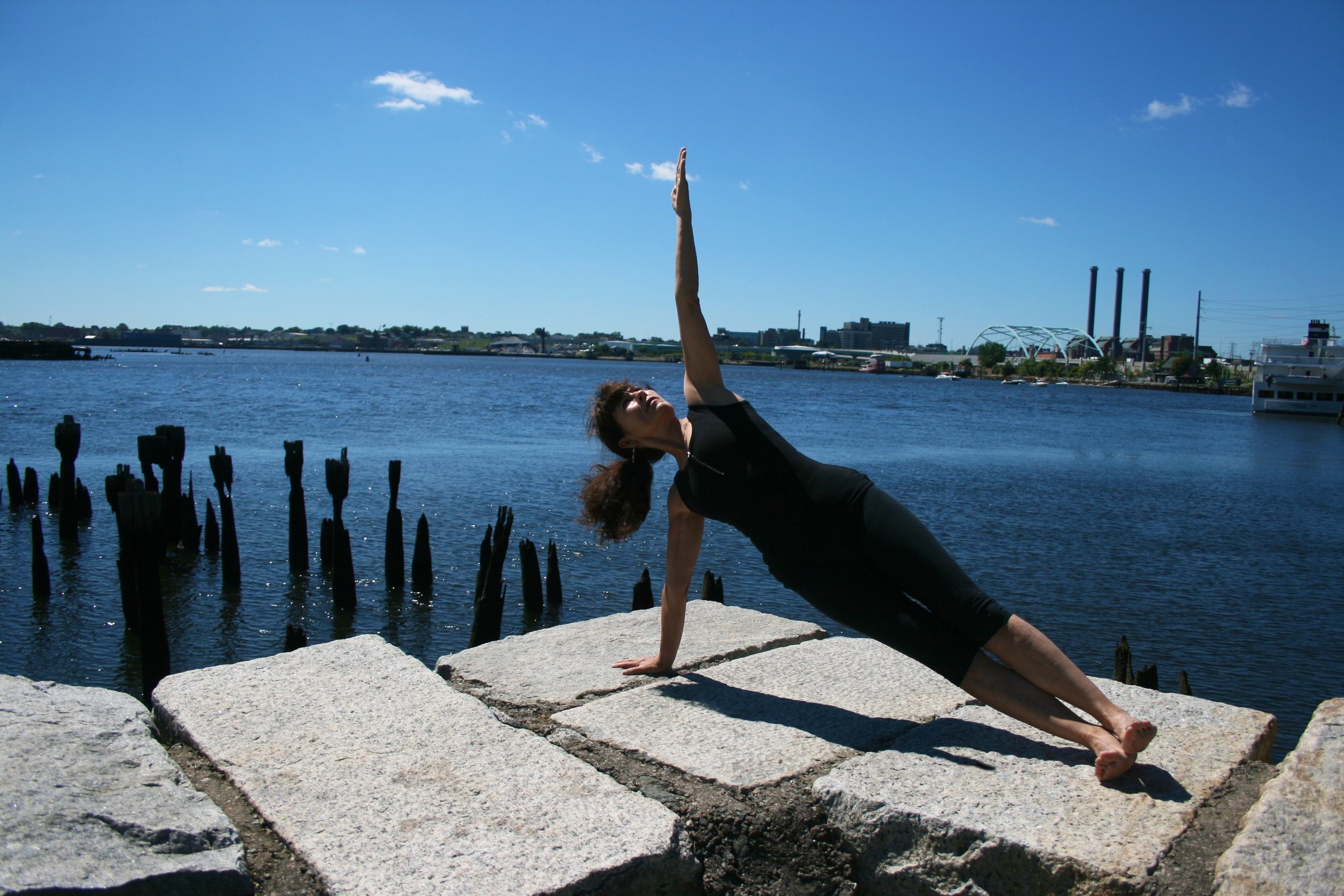Are you ready to start yoga but unsure where to begin? Discover why Iyengar Yoga is the ultimate choice for beginners. From its focus on alignment and injury prevention to the use of props that make every pose accessible, Iyengar Yoga welcomes you at any level. With expert guidance and a supportive community, you’ll build strength, flexibility, and confidence in no time. This method isn't just a practice—it’s a path to a healthier, more mindful you.
Curious to learn more? Read on!
Starting a yoga practice can feel intimidating—what if you’re not flexible enough, or unsure of how to do the poses correctly? Enter Iyengar Yoga, the ideal style for beginners who want to build a strong foundation. Here’s why:
1. Precision and Alignment:
Iyengar Yoga places a huge emphasis on proper alignment, meaning each pose is practiced with mindfulness. This not only prevents injury but also enhances the benefits of each asana. For beginners, it ensures you're learning poses the right way, from day one.
2. Use of Props:
Ever tried yoga and struggled to touch your toes or hold a balance? In Iyengar Yoga, props like blocks, straps, and bolsters become your best friends. These tools help make difficult poses accessible, regardless of your current flexibility or strength. No more worrying about whether you’re "good enough"—props meet you where you are!
3. Highly Skilled Teachers:
Iyengar Yoga teachers undergo rigorous training, which ensures that they can guide you safely and effectively. As a beginner, this personalized guidance is invaluable, allowing you to progress steadily and confidently.
4. Slow, Methodical Progression:
If you’ve ever felt lost in a fast-paced yoga class, Iyengar Yoga is your remedy. The method is slow, deliberate, and focused on mastering one pose at a time. This approach helps beginners feel more in control and fosters a deeper connection between mind and body.
5. Community and Support:
The community at Iyengar Yoga Source is welcoming and inclusive, ensuring you feel supported on your yoga journey. Whether in class or at special events, you’ll find encouragement every step of the way.
Get Started with Iyengar Yoga
With its structured, methodical approach, Iyengar Yoga is perfect for beginners looking to start their practice on the right foot. You'll build confidence, strength, and flexibility in a safe, supportive environment that honors your unique journey. Ready to take the leap? Begin your Iyengar Yoga journey today and discover the transformative power of yoga!
Don’t wait to feel the benefits—your future, healthier self is just a pose away.






